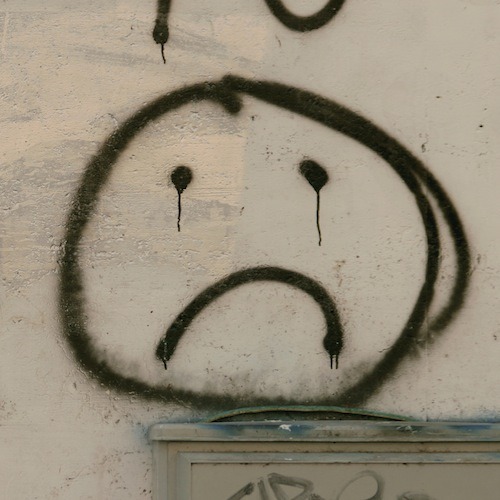Seasonal Strategies to Help You Beat the Blues
Having trouble staying awake? Feeling anxious and depressed? Is the lack of daylight getting you down? Perhaps you’re one of the 10 million people suffering from Seasonal Affective Disorder.
What is Seasonal Affective Disorder (SAD)?
Seasonal affective disorder (SAD), also known as seasonal depression is a mood disorder related to the changes in seasons. SAD usually begins in the fall and continues throughout the winter months and sometimes into the spring and early summer. It is more common in women, than in men and generally begins around the age of 20 but can also be seen in teenagers and children. There is also a genetic component where one is more likely to suffer from SAD if a close relative is affected. Occurrence also increases the further away you live from the equator.
Symptoms
Common symptoms include the following:
- Feelings of hopelessness, guilt and sadness
- Headaches, stomachaches
- Excessive sleepiness
- Change in appetite – craving for sweet/starchy foods
- Weight gain
- Heavy feeling in the legs and arms
- Decreased energy
- Fatigue
- Difficulty concentrating
- Irritability, and anxiety
- Social avoidance
Symptoms usually disappear with the return of sunnier days, with the exception of summer-onset seasonal affective disorder – summer depression. Symptoms for summer SAD include the following: depression, insomnia, weight loss, poor appetite and agitation or anxiety.
Clinically, SAD can be misdiagnosed as hypothyroidism, hypoglycemia, chronic fatigue syndrome or viral infections such as mononucleosis.
What Causes SAD?
The cause of SAD is unknown. However, there are several contributing factors. They are as follows:
- Changes in the natural day/night cycle can disrupt your biological clock (circadian rhythm).
- Decrease in the amount of daylight received – longer nights – can cause a decrease in serotonin (a neurotransmitter that affects mood and may contribute to SAD) levels.
- Imbalance in melatonin – the change of season can disrupt the level of melatonin in the body, which plays a role in sleep patterns and mood. When it’s dark, your melatonin levels increase, which is why you may feel tired when the sun starts to set.
Treatments
Your health and mood are intricately linked to sunlight exposure.
Light therapy, also known as phototherapy, is a common treatment for SAD. It involves sitting in front of a light box or under full-spectrum light bulbs for 15 minutes to 1 1/2 hours a day. Light therapy is safe and generally well tolerated. Side effects include eye strain, headache, irritability, fatigue, and insomnia.
It is also important to support the body nutritionally by avoiding processed foods and by eating whole foods, organic where possible, and good quality proteins. Supplementation is also important and can bridge the gaps where our diets fall short.
Supplements to consider:
- Vitamin D3 – Vitamin D deficiency has long been associated with (SAD) and chronic depression
- Probiotics and fermented foods – important for gut and brain health. The gut is known as the second brain and greatly influences the mind, mood, and behaviour. It produces more mood-regulating serotonin than the brain.
- Essential Fatty Acids (quality fish oil or 3.6.9 formulation) – the brain is approximately 60 percent fat, DHA specifically, and requires a source of quality omega-3 fats to work properly.
Once treatment options have been selected be sure to also incorporate lifestyle strategies into your plan. Here are some examples:
- Exercising
- Getting outside and enjoying the sun
- Establishing a spiritual practice – meditating, prayer
- Maintaining a positive outlook
- Getting enough sleep – aim for 8 hours a night
Be proactive and take charge of your health. With the right treatment plan and attitude, SAD can be managed. Remember to monitor your symptoms and if they progress seek the help of a health professional.
Laura Iamundo, CNP
Certified Holistic Nutritionist

